UNLIMITED ACCESS TO OVER 400 HISTORIC PLACES
Live and breathe the story of England at royal castles, historic gardens, forts & defences, world-famous prehistoric sites and many others.

From 1914 until 1918, British forces fought against the Central Powers. Find out how conscription, censorship and women joining the workforce changed society, and early aircraft changed the landscape.
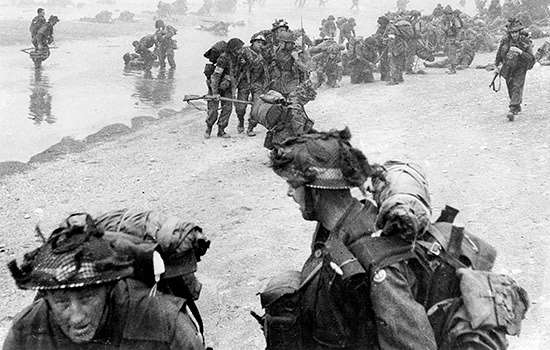
From 1939 until 1945, mass mobilisation and total war reshaped society as Britain and Allied forces battled Axis forces in the Second World War. Discover stories of daring missions, secrets and spies, and wartime media and fashion.

After the Iron Curtain divided the world, Britain became an atomic power and fought in proxy wars. Learn about diplomats, spies, protestors and the secret bunkers built in preparation for a potential nuclear war.

Before 1918, women in Britain could not vote in parliamentary elections. Learn how women across the country became active in the struggle for representation and won the right to vote.
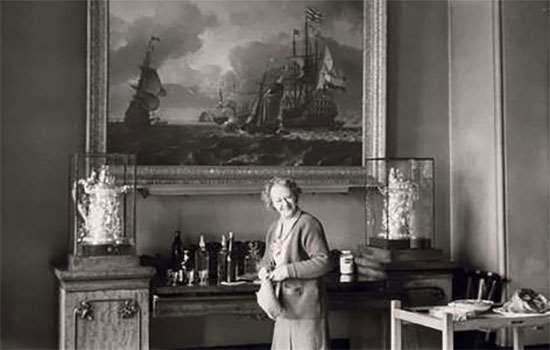
How the precarious survival of Brodsworth’s Victorian interiors reflects the determination of its final owners to preserve a way of life that became almost impossible in the 20th century.

Learn about eugenicists who wanted to solve social problems by influencing who had children, and how the horrors of Nazi race science led to eugenics being discredited.

Meet the female archaeologists who broke into the field through barriers of institutional sexism and enriched our understanding of the past.

Discover the surprising story of how the millionaire owners of Eltham Palace lavished attention on their much-indulged ring-tailed lemur in the 1930s.

Explore how women adopted masculine styles of clothing to express fluid ideas about gender identity and sexuality, as well as simply for practical reasons.

Discover how the saving of Stonehenge and its surrounding chalkland inspired the mysterious and eccentric Ferguson’s Gang to save more threatened buildings and landscapes.

Learn the stories of London novelists, artists and bohemians who lived, loved and sometimes publicly challenged expectations during the interwar years.

Author and historian Colin Grant traces the history of a generation of pioneers from the 1947 British Nationality Act to the Windrush Scandal of 2018.
Listen to discover more about the 20th century at our sites and the collections and people associated with the era.

Discover the story behind the cell block graffiti at Richmond Castle, left by conscientious objectors united by one belief: that war was wrong.
Discover why Stonehenge was used as an aerodrome and if there is any truth to the story that the stones were used for target practice!
Hear stories of the nurses who worked at Wrest Park military hospital, what the soldiers did to keep their spirits up and the disaster that forced it to close.
Find out about the history of the ‘Dumpy’ level of Dover’s secret underground tunnels with Cold War expert Mark Bennett.
Hear about Cold War computers and anti-nuclear protests at York Nuclear Bunker from historians and former Royal Observer Corps volunteer.

Hear about York Bunker and the history of the Cold War in Britain, and hear first-hand from one of the ROC volunteers who trained there.
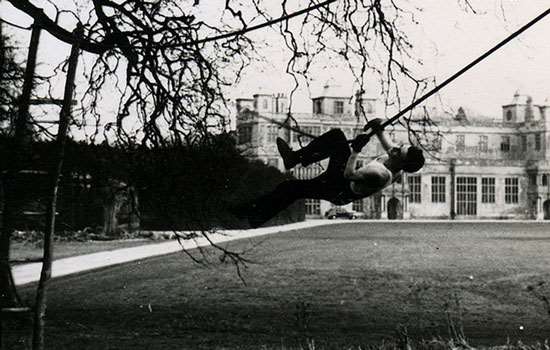
Discover the daring Polish soldiers who undertook secret wartime training at Audley End House to go above and beyond for their nation and Allied victory.
How the biggest landing by land, sea and air the world has ever seen helped bring about the end of the Second World War.
The once-hidden history of spies, intelligence personnel and secret agents whose exploits were crucial to British intelligence.

Discover the historic home of the family business JW Evans, and learn about its heyday producing silverware.

Visit the grandparent of skyscrapers and learn about its history as a maltings and as an army barracks.

Explore the first country house to be turned into a hospital during the First World War and learn about the lives of nurses and soldiers.

Discover a unique masterpiece created by 1930s millionaires when they built a stunning Art Deco mansion adjoining a medieval palace.

Visit Walmer Castle, home to the lavish parties of Lord Beauchamp in the 1920s.

Visit to hear the voice of a Second World War gunner describing air raids, sinking ships and primitive living conditions at the castle.
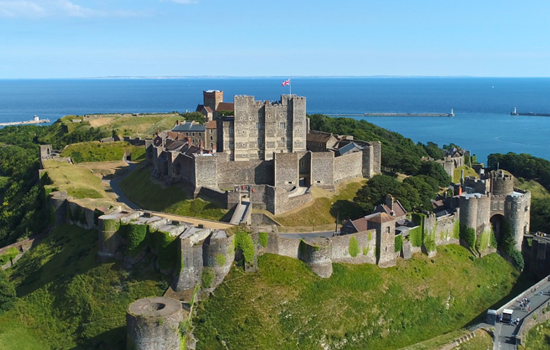
Explore the tunnels where key Second World War operations were masterminded and where one was secretly selected as a Cold War nuclear bunker.

Discover the semi-subterranean bunker that would have monitored nuclear explosions and fallout across Yorkshire if the Cold War had turned hot.
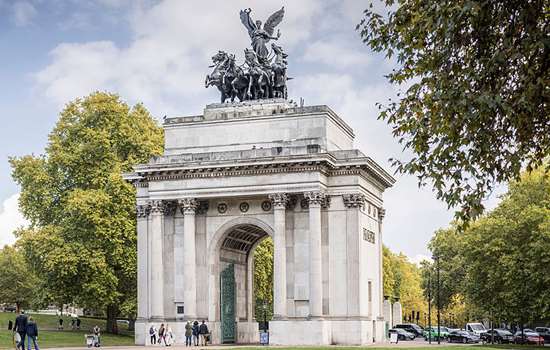
See the quadriga crowning the Wellington Arch, a masterpiece from the Golden Age of British public sculpture.

Learn how the Cenotaph in Whitehall took a pre-eminent place as the nation’s main place of commemoration of its war dead.